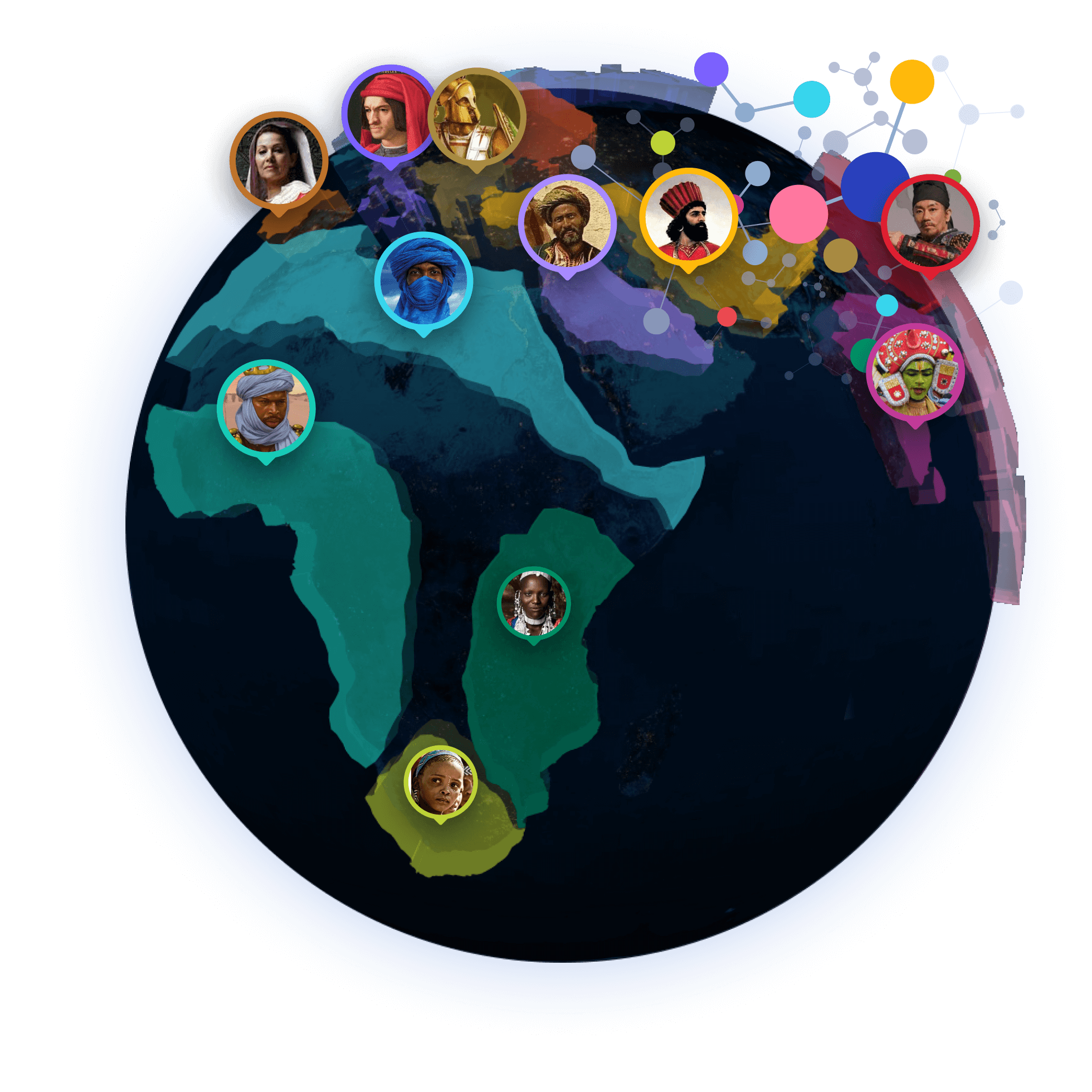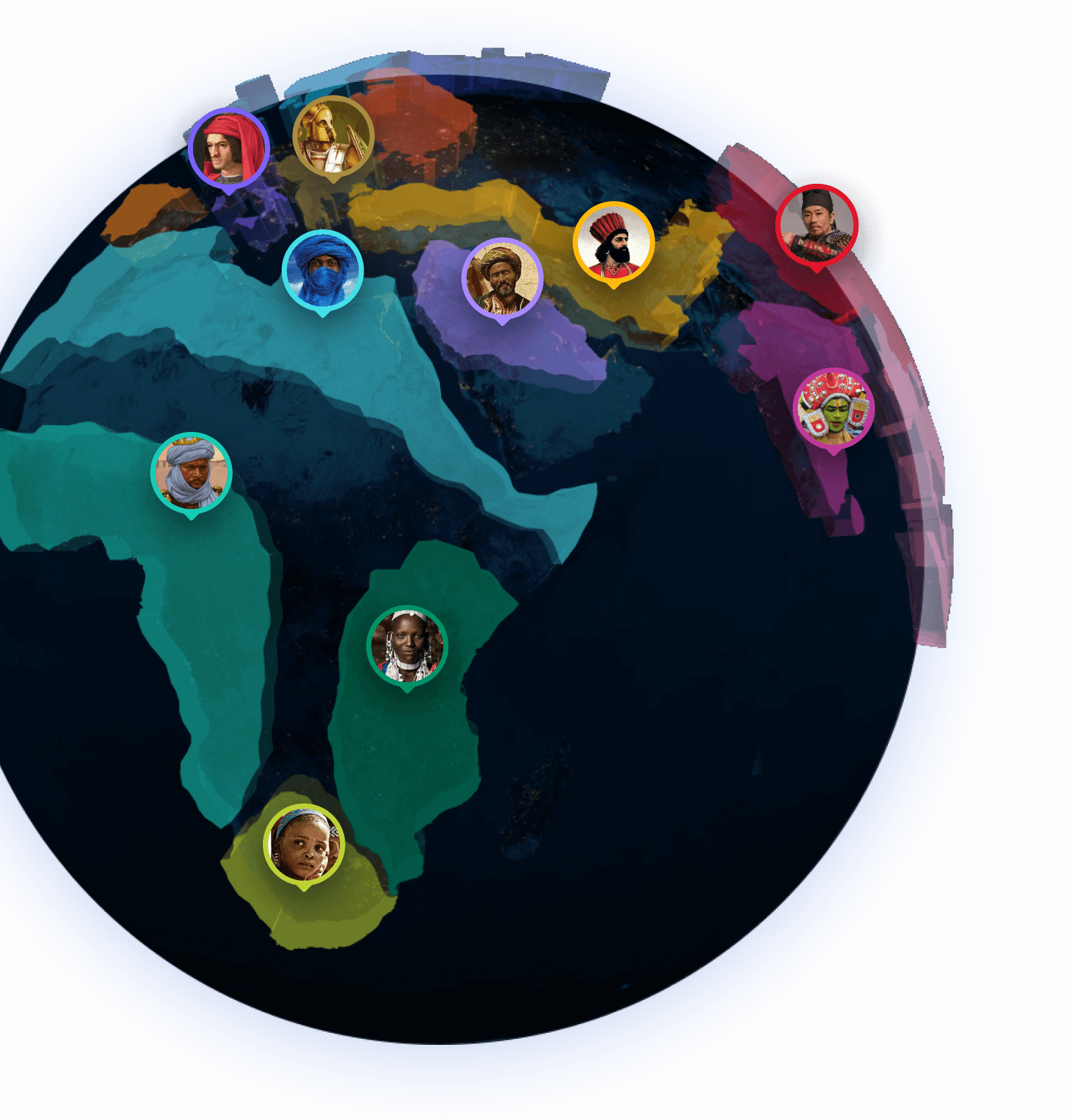
Discover more about your ancestry
with chromosome level analysis from Genomelink.
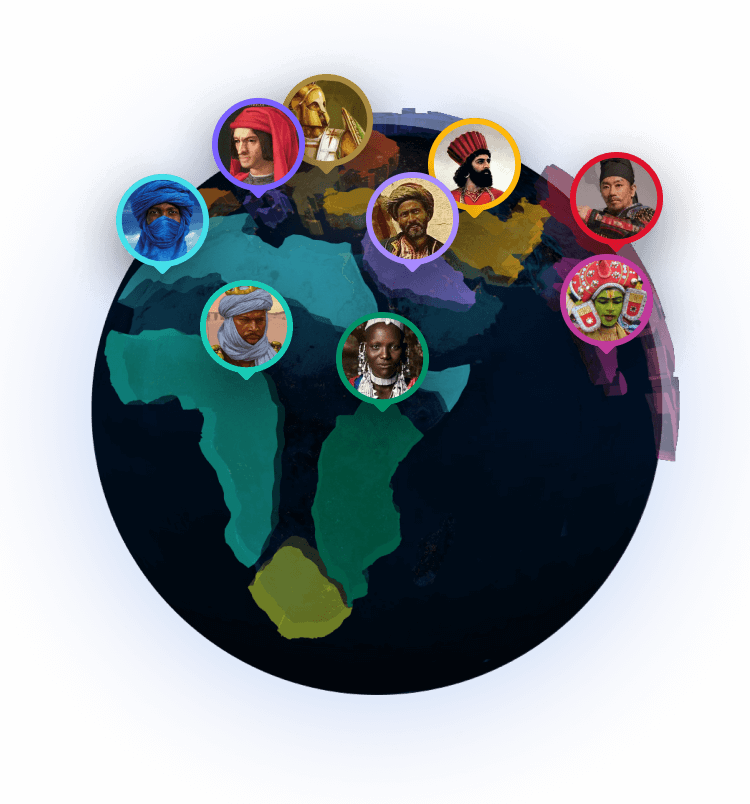
Genomelink’s proprietary algorithm analyzes your raw DNA data at the chromosome level for a more complete picture of your ancestry.
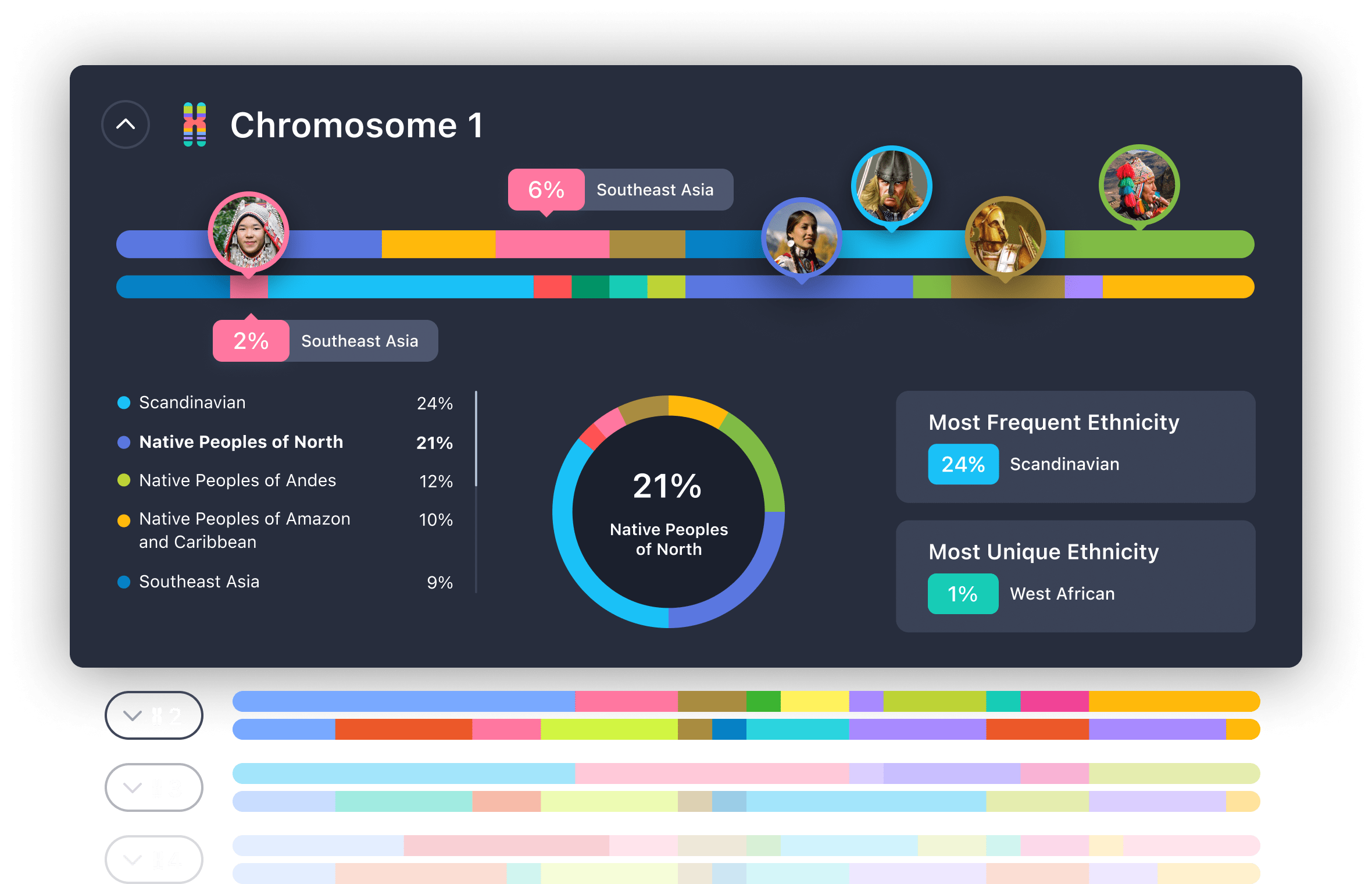
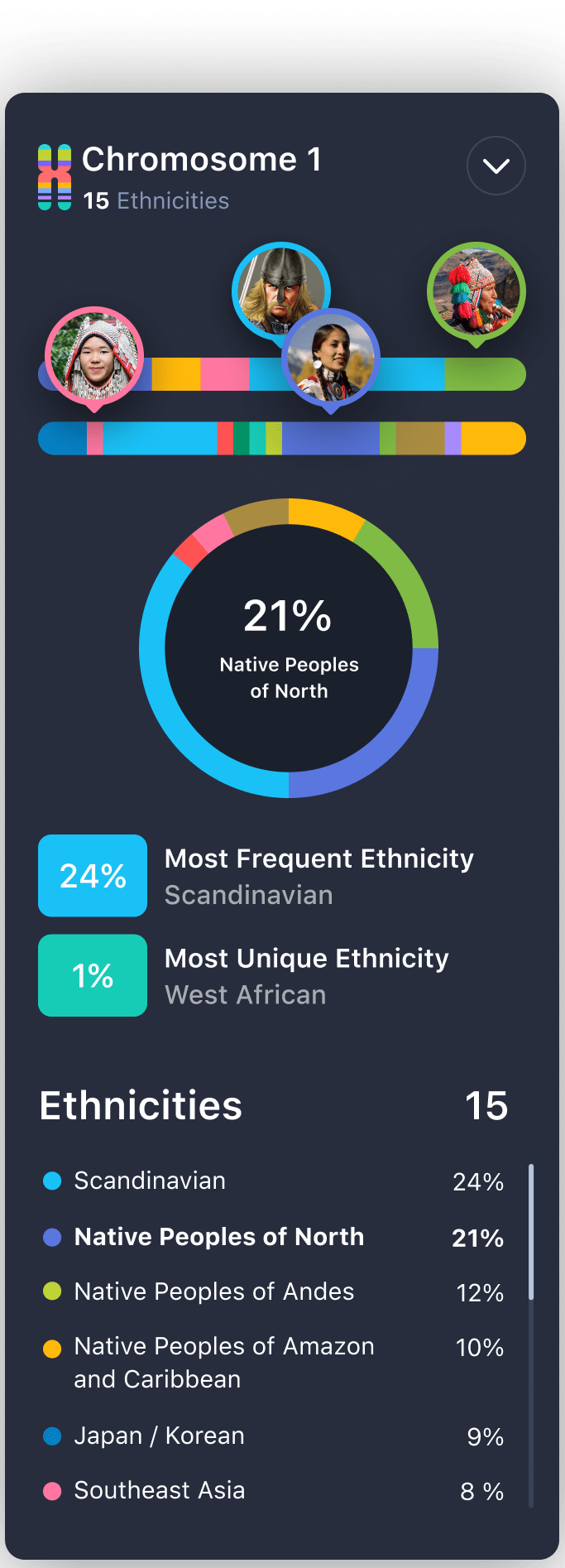
Each one of your chromosomes tells a unique story about who you are. That's because as chromosomes are passed down from generation to generation, they "reshuffle" at the individual level. As each reshuffling is random, over many generations this leads to tremendous diversity of origin. It's why two siblings can have different ancestry results, and why it's so important to examine your DNA data at the chromosome level.
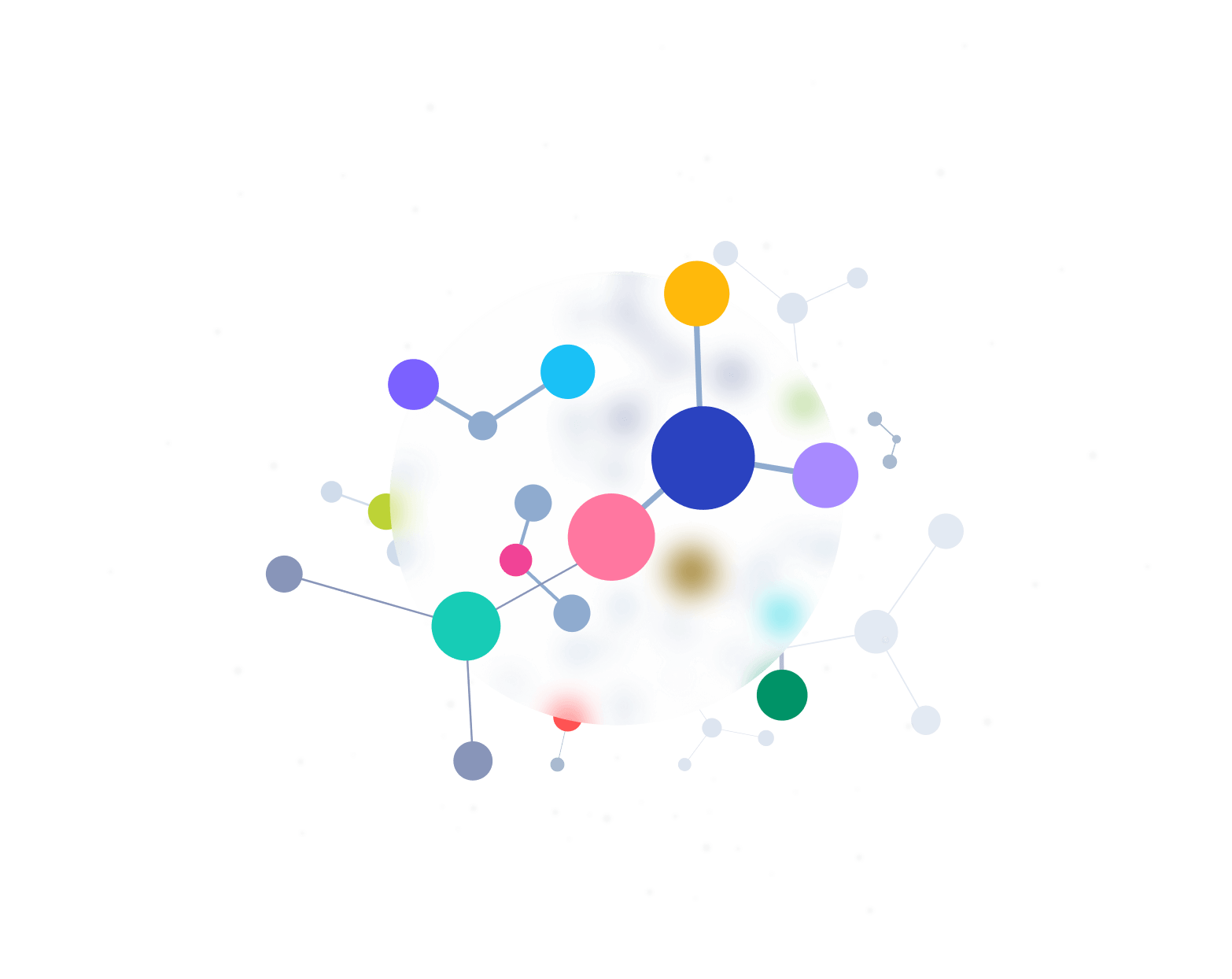
This algorithm offers unique analysis of your DNA you won’t find anywhere else.
XGMix provides the user with a detailed picture of their ancestry as reflected by their individual chromosomes. Our genetic makeup is the result of our ancestors' journeys, tribulations, and love stories through time. These aspects might surface in you, your close relatives, or later on in your descendants.
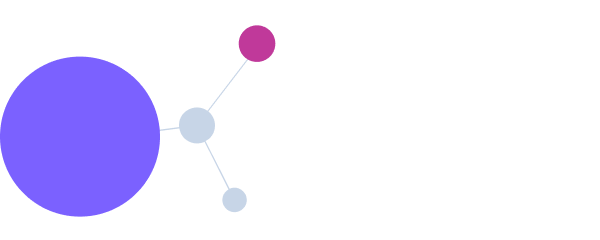
XGMix can provide more specific ancestry results than approaches from other providers.

XGMix uses comprehensive reference populations and a proprietary algorithm to surpass the ancestry prediction accuracy of other providers.

XGMix has custom-trained models for each chromosome to more accurately predict local ancestry.
The XGMix algorithm was specially designed to achieve state-of-the-art accuracy, even with limited data. It can help provide you with a more detailed picture of your ancestry – right down to the genetic signatures on your chromosomes.
Genomelink offers special tools to help you dive deeper into your ancestry.
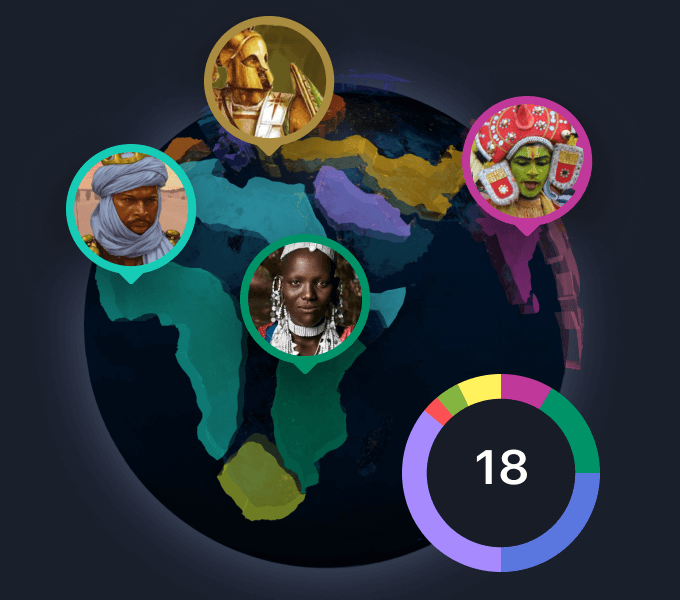
Explore your ancestral geography with our interactive 3D map.
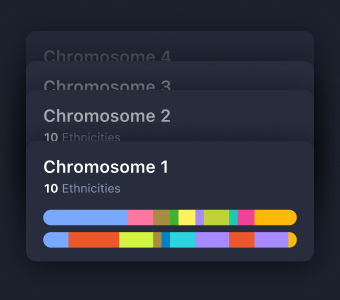
See exactly how your ancestry breaks down at the chromosome level.
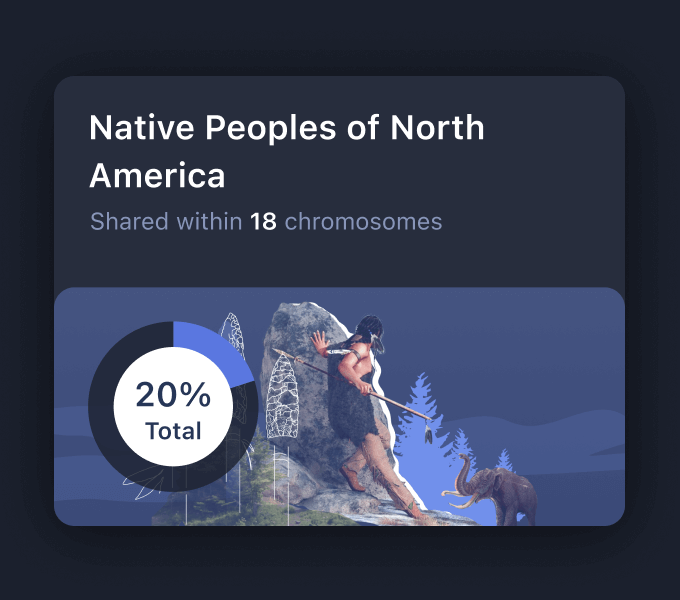
Discover eye-opening facts about more than 20 of your potential common ancestor populations.
Now with over 20 unique articles explaining your ancestral heritage.
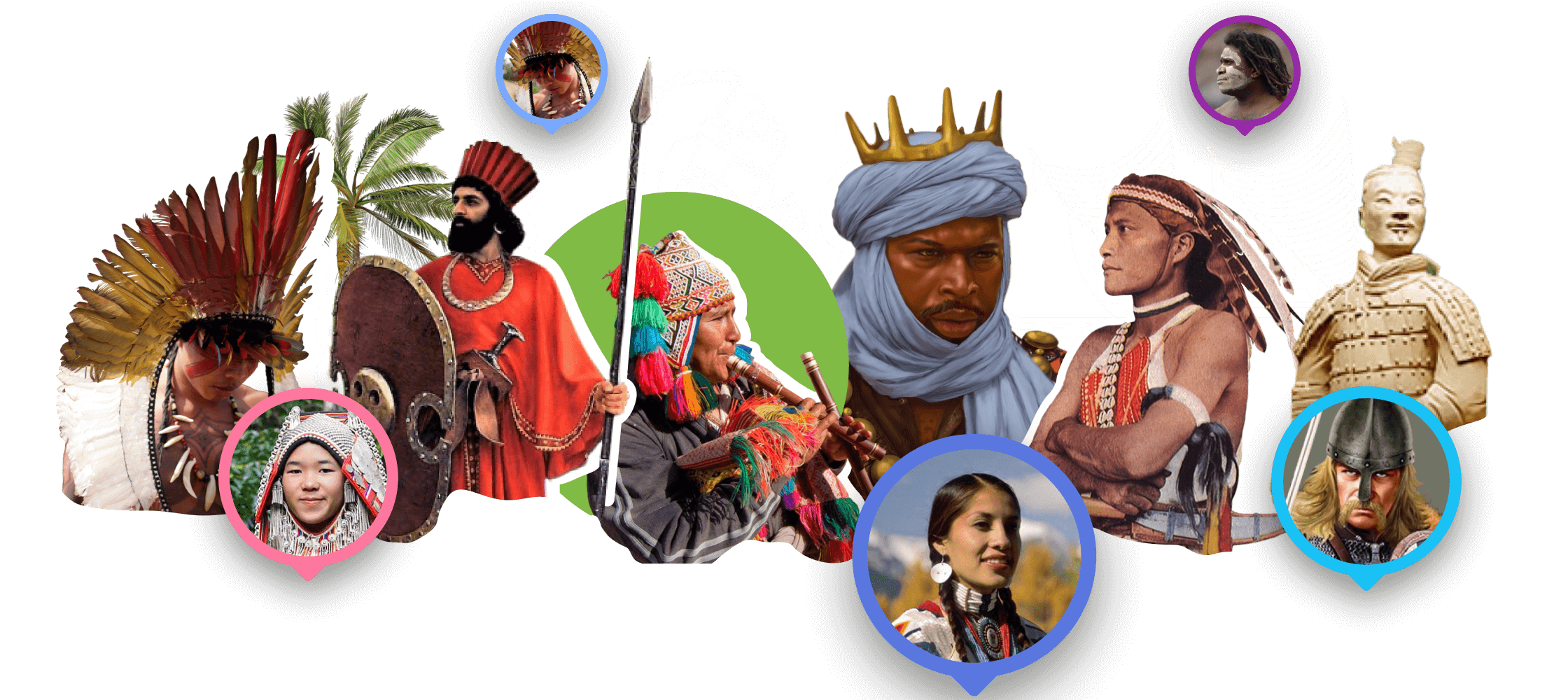
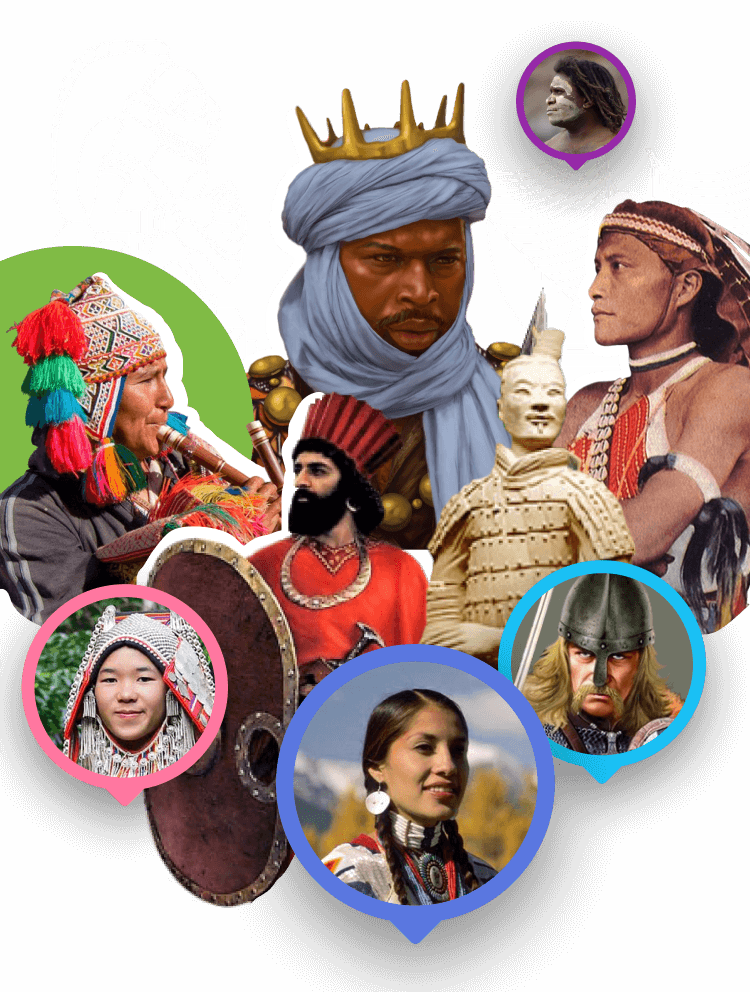
Arctic
Native Peoples of North America
Native Peoples of Amazon and Caribbean
Native Peoples of Andes
Maritime East Asia
Mainland East Asia
Southeast Asia
Austronesian
Dravidian
Oceanian
Italian
Balkan
West Asian
Iberian
Eastern European
Northwestern Europe
Scandinavian
North African
West African
East African
Near East
African Hunter Gatherer

Dr. Carlos D. Bustamante is an internationally recognized leader in the application of data science and genomics technology to problems in medicine, agriculture, and biology. He was named a MacArthur Fellow in 2010,and currently Professor of Biomedical Data Science, Genetics at Stanford University.

Dr. Alexander Ioannidis (PhD, MPhil) is a research fellow in the Stanford School of Medicine (Department of Biomedical Data Science), his work focuses on applying computational methods to problems in genomics and population genetics.

Razib Khan has degrees in biology and biochemistry from the University of Oregon. He studied genetics at the graduate level at UC Davis. He helped develop ancestry algorithms for Family Tree DNA and National Geographic. He has worked in the personal genomics industry for 8 years.
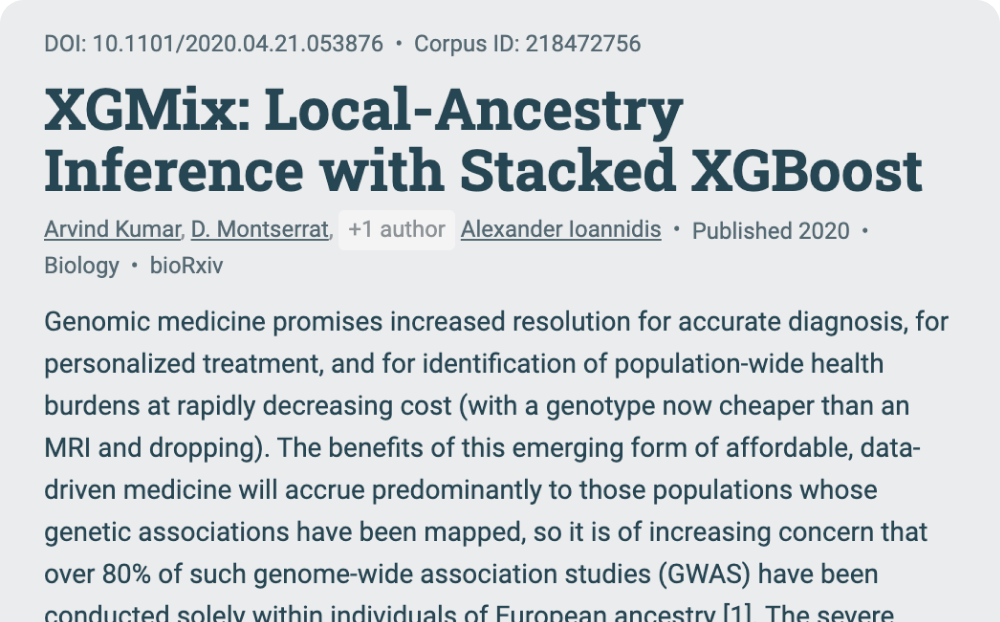
The authors present a new simple, accurate, and easily trained methods for identifying and annotating ancestry along the genome (local ancestry). This method (XGMix) based on gradient boosted trees, which, while being accurate, is also simple to use, and fast to train, taking minutes on consumer-level laptops.
Scientific paper PDF